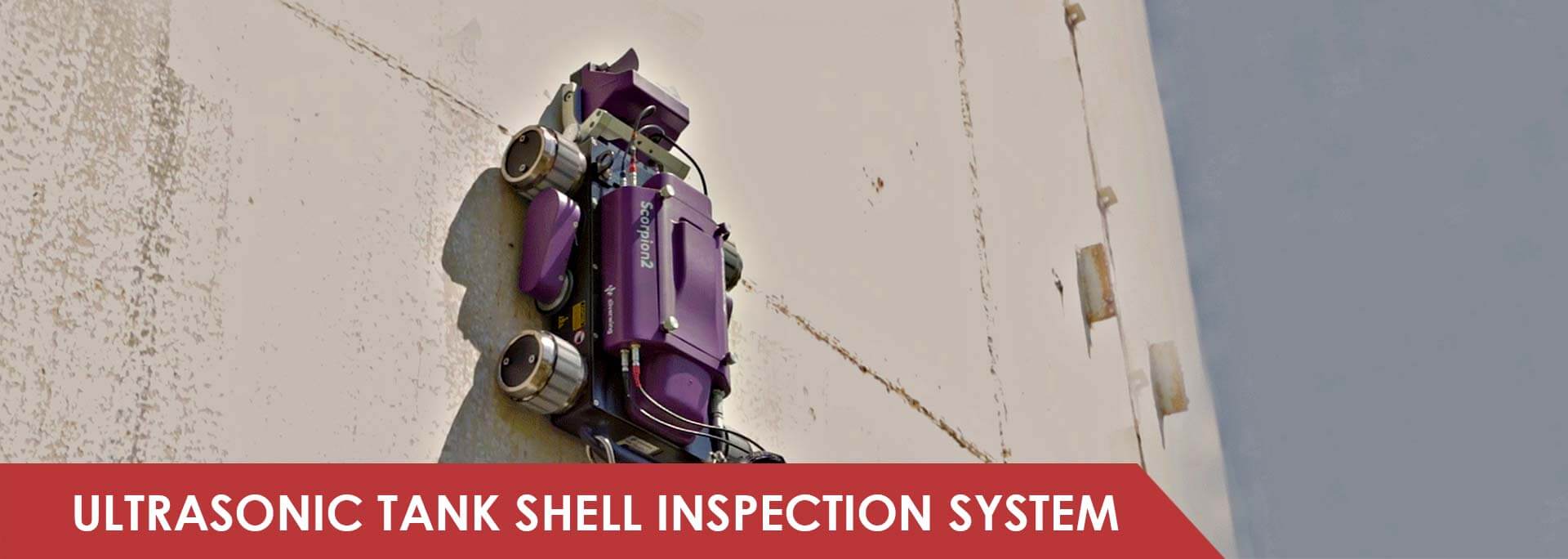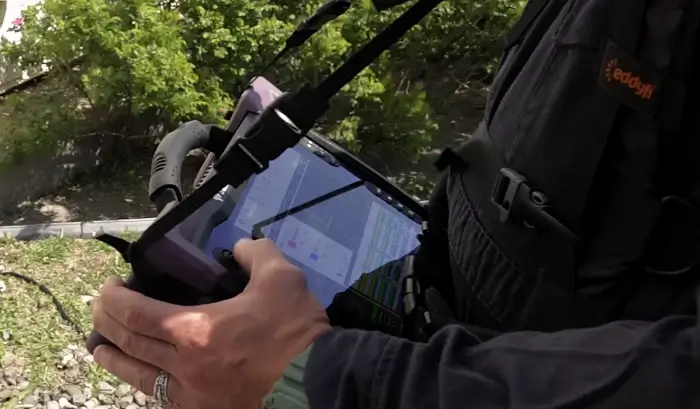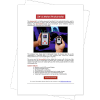
Silverwing Swift and Scorpion 2
The Silverwing Swift™ and Scorpion 2 dry-coupled remote-access ultrasonic crawler bring major efficiency and data improvements to tank shell inspections and other structures such as vessels and offshore installations. API 650/653 compliant, this powerful duo is the perfect solution for in-service inspection of your assets.
- High-speed, complete a 10-meter scan in under a minute
- 3 component system for faster deployment
- Floating and tracking UT gates for repeatable and reliable results
- Higher Probability of Detection (POD) compared to spot reading
- Dry coupled rolling probe for quick and easy setup
- Remote access up to 50 m (164 ft)
Swift U
With a large, 26.4 cm (10.4 in), non-reflective, multi-touch screen, Swift offers crystal-clear displays under most lighting conditions. Swift is sealed and designed for IP65. Its magnesium alloy casing is tough, water and dust resistant. Combined with a 3 mm (0.12 in) strengthened glass, it’s the perfect instrument for harsh environmental conditions.
Swift uses two lithium-ion, hot-swappable batteries, making a full day’s work easy. Swift can also be used with an optional harness to make using it for more extended periods less strenuous. The adjustable stand, the top handle, and the four corner anchor points make Swift extremely practical on-site.


Swift GO Data Acquisition Software
Swift B-scan data acquisition software features several robust data capture, analysis, and reporting tools. Users can review saved data at any time with active A-scan and B-scan displays. Placing the cursor over any part of the B-scan profile shows the A-scan trace for that specific section of the scan. Furthermore, you can display an adjustable reporting threshold indicator over the B-scan profile, helping identify reportable defects at a glance and enabling the rapidly analyzing of complete scans.
The full-amplitude B-scan mode helps characterize wall loss, which, in turn, makes detailed post-inspection analysis and accurate corrosion assessments possible. Export options include CSV files, A-scan, and B-scan images, or as CMX files, which you can then import in CMAP inspection management software.




